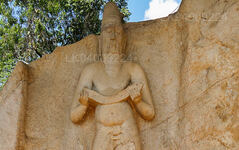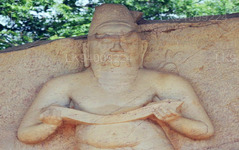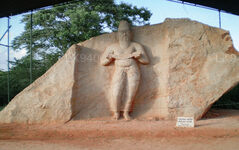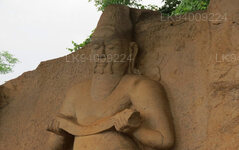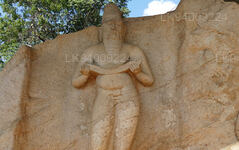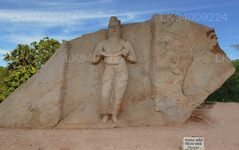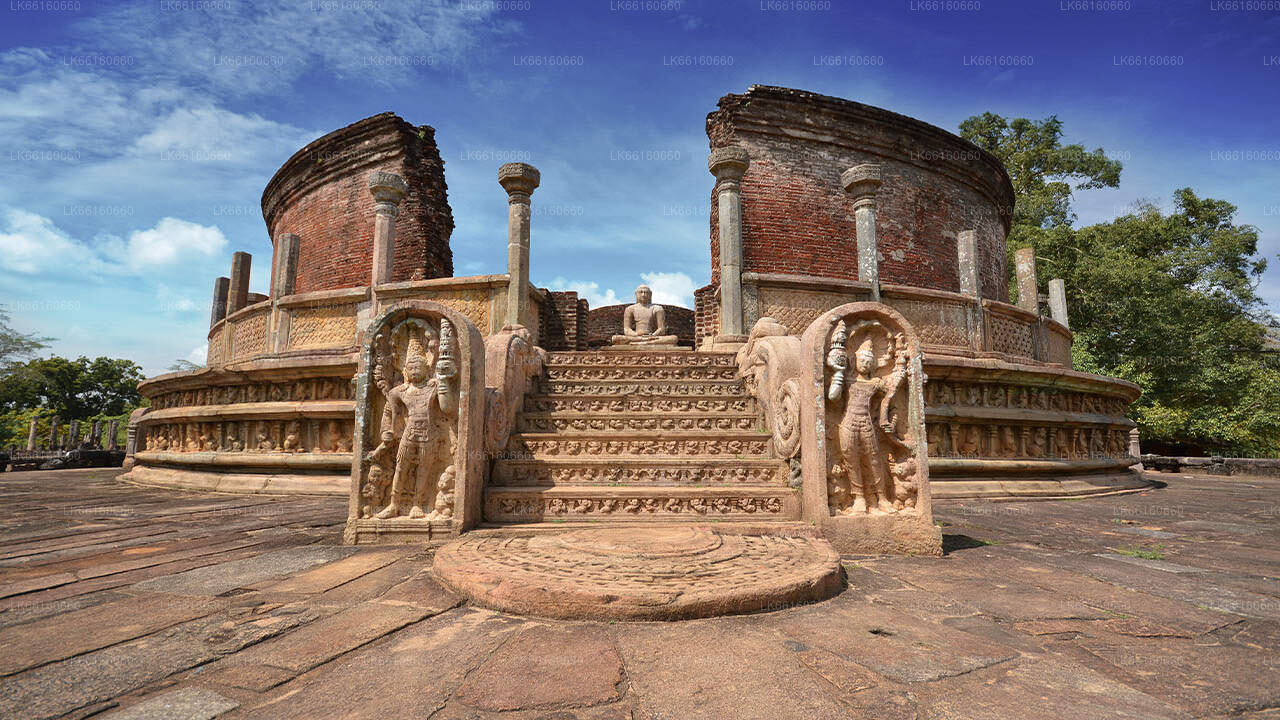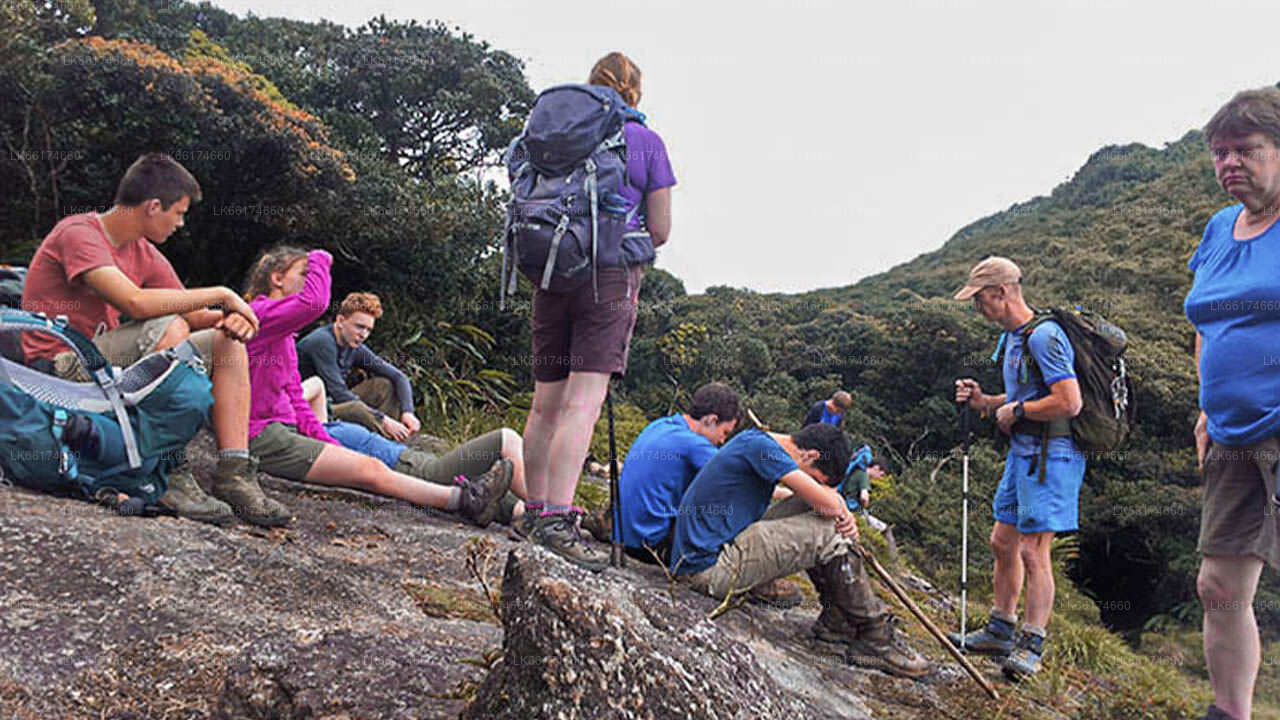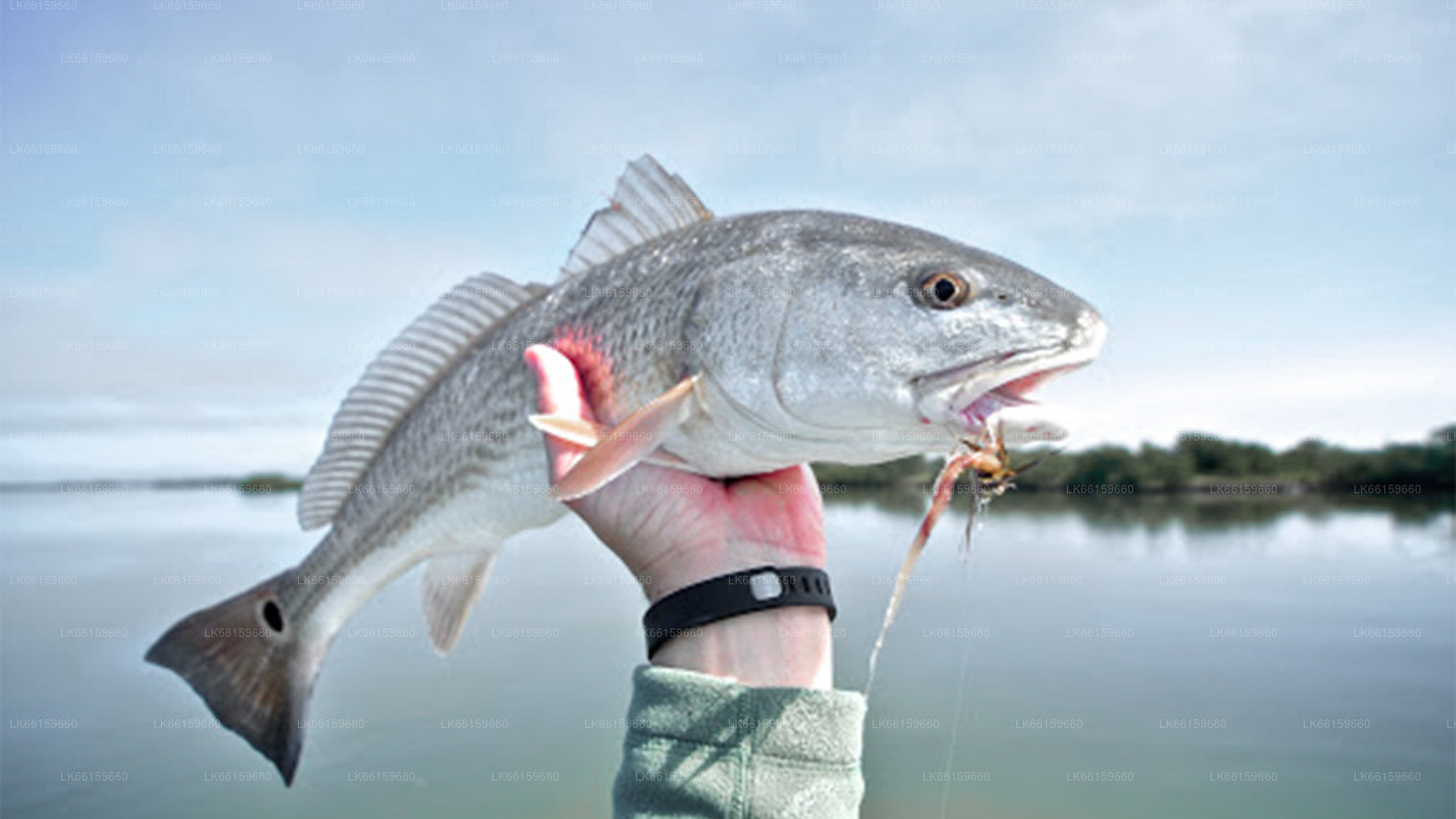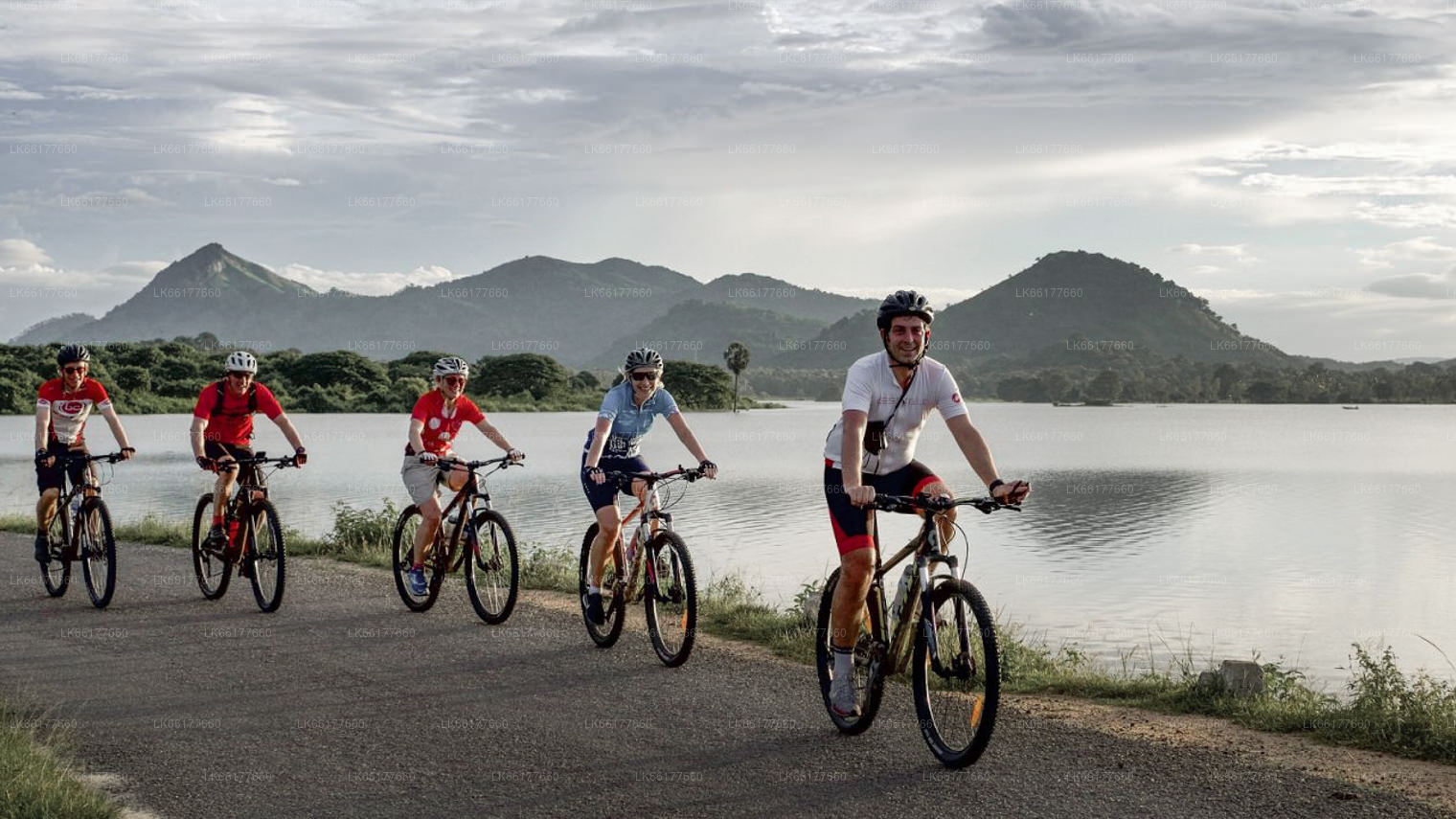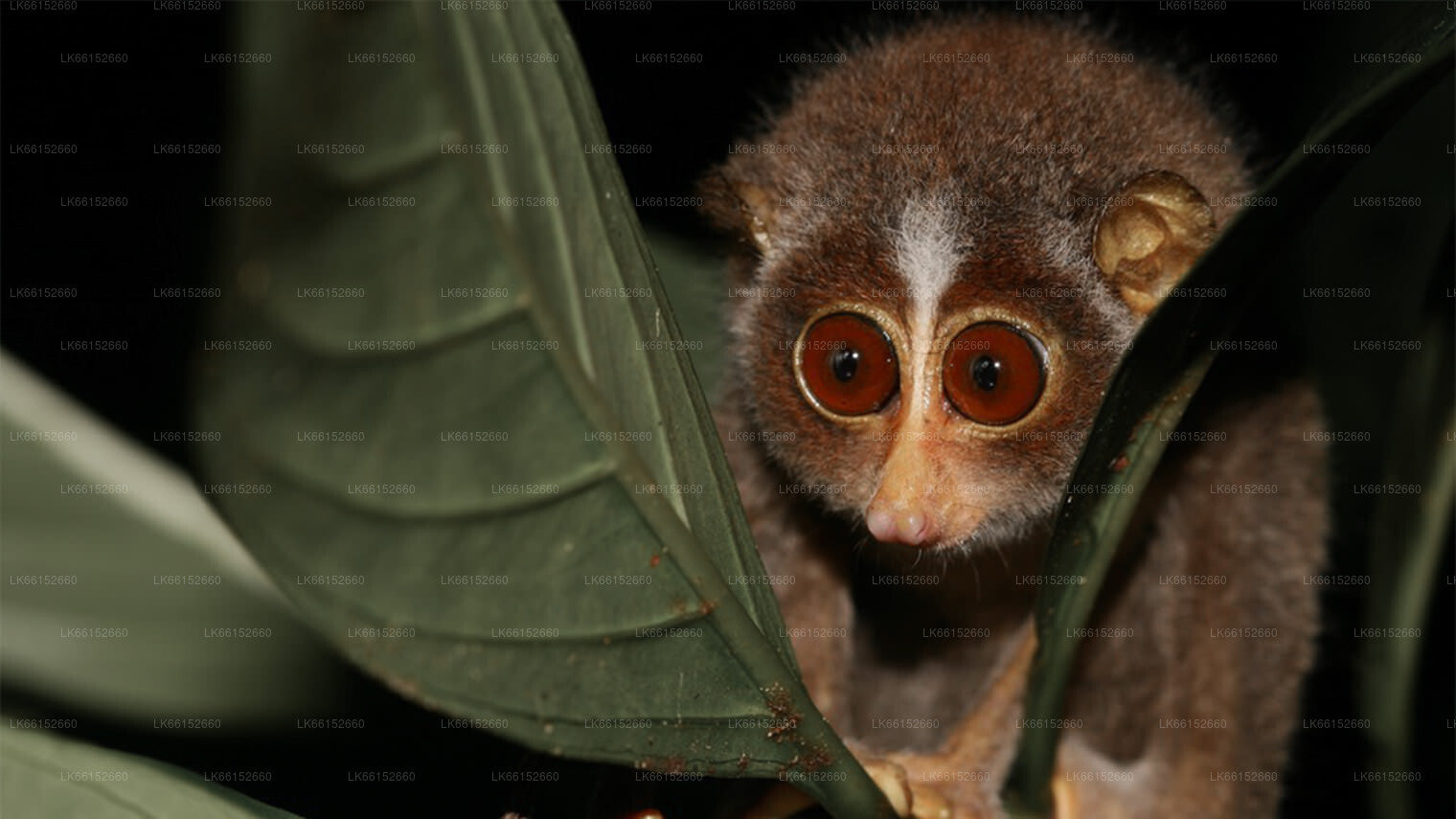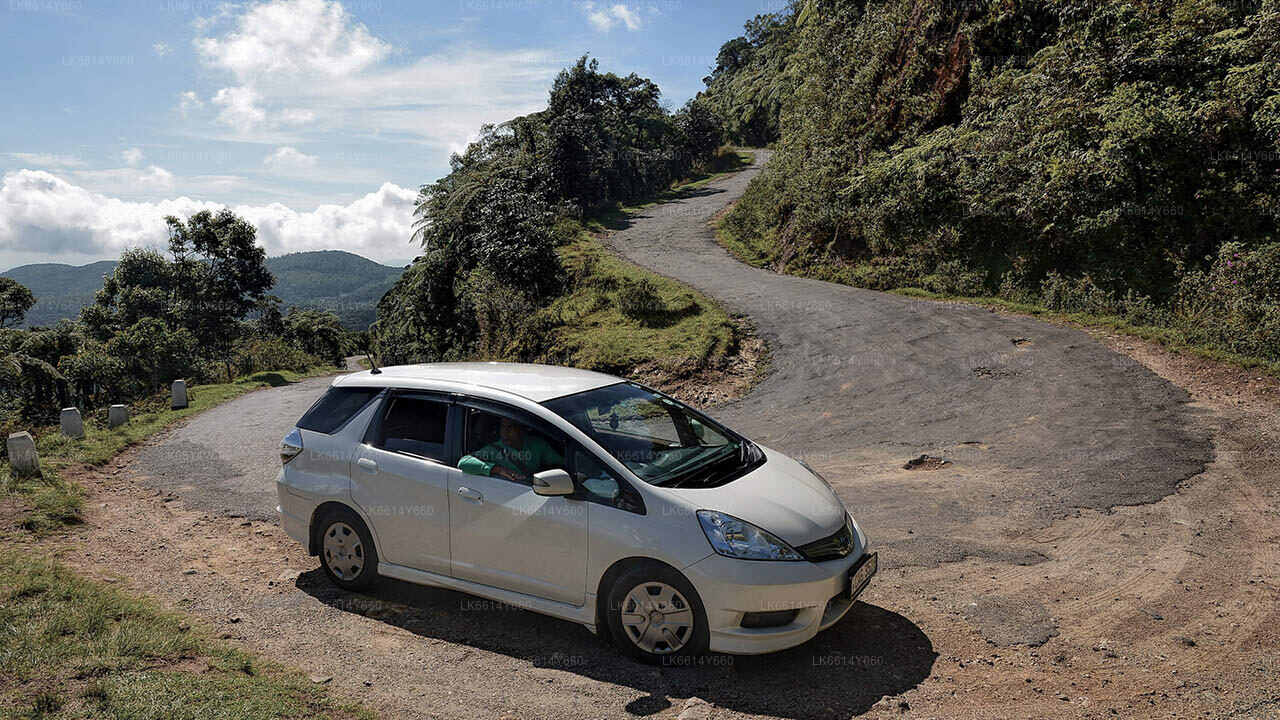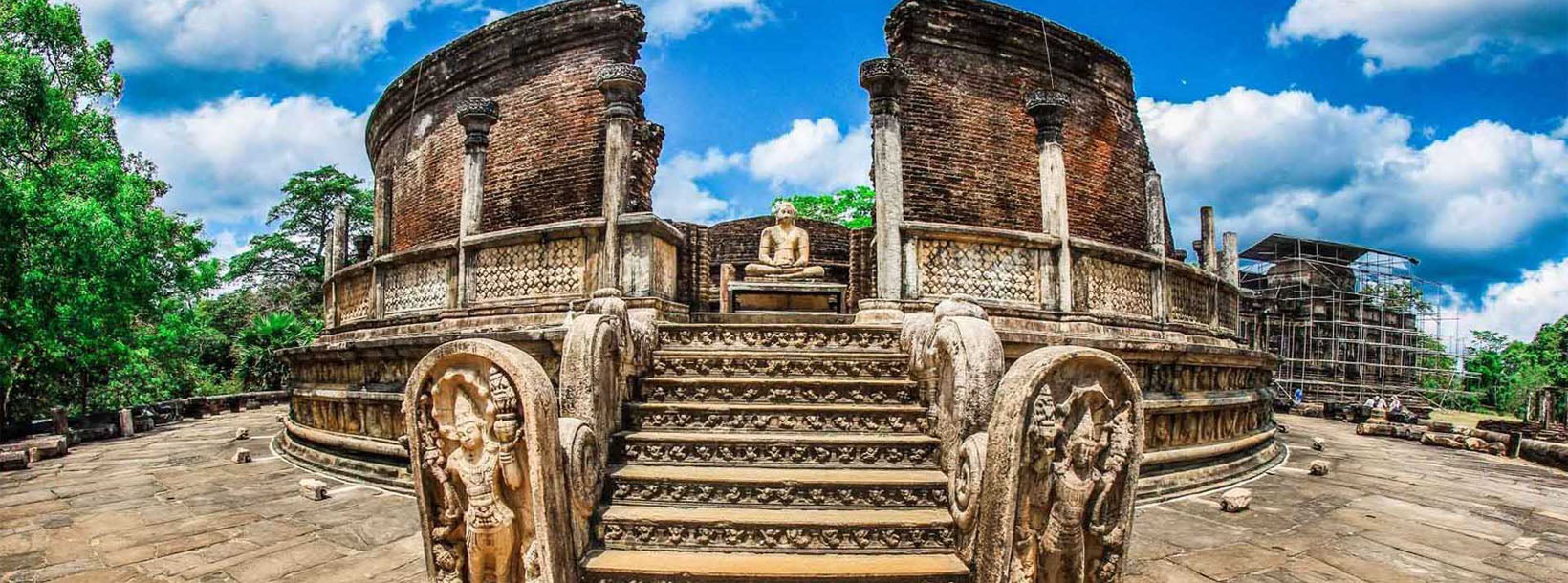
Polonnaruwa By
Polonnaruwa, a UNESCO World Heritage Site in Sri Lanka, was the country's medieval capital (11th-13th century). Renowned for its well-preserved ruins, including the iconic Gal Vihara statues, it showcases impressive architecture, reflecting the grandeur of the ancient Sinhalese civilization.
Pulasthi Statue
The statue is located to the north of the city of Polonnaruwa, and close to the eastern bank of the Parakrama Samudra reservoir, which was built by Parakramabahu I himself. It is about 100 metres (330 ft) north of the ancient Potgul Vehera monastery
LocationThe statue is located to the north of the city of Polonnaruwa, and close to the eastern bank of the Parakrama Samudra reservoir, which was built by Parakramabahu I himself. It is about 100 metres (330 ft) north of the ancient Potgul Vehera monastery.
CharacteristicsThe statue was built presumably in the 12th century, during the reign of Parakramabahu I. The statue of Parakramabahu I is one of the best stone sculptures belonging to the Polonnaruwa period. The 11-foot-2-inch-high (3.40 m) statue is carved in high relief on a large boulder, with full use being made of its height. Its upper body is bare except for a single thread worn over the left shoulder.A long object is held in the hands. The statue's face carries a grave expression, with half-closed eyes, a high forehead, a long beard and a moustache. The shoulders of the statue are rounded, suggesting "extraordinary strength". The right leg is relaxed with the right knee bent forward slightly. The left leg carries the weight of the body, while the hip is also slightly inclined to the left. According to archaeologist Senarath Paranavitana, this statue is "the very embodiment of strength, majesty and dignity"
IdentityThe statue has not been positively identified, but the popular and widely accepted belief is that the statue is of King Parakramabahu I, who ruled the country 1153 to 1186. Historian Mendis Rohanadeera has suggested that the statue shows a man belonging to the Lambakanna clan, because a hare—a symbol of this clan—is depicted above the left shoulder of the statue. This supports the theory that it is a statue of Parakramabahu I, who was of the Lambakanna clan. However, another theory is that it is the statue of a sage; either Agastya or Pulasthi. The object held in the hands of the statue may be an ola (cured palm leaves) book. This, and the fact that it is located close to the Potgul Vehera, which was a library in ancient times, supports this theory. However, another belief is that the object is a "yoke of kingship".
Om Polonnaruwa-distriktet
Polonnaruwa er den næststørste by i den nordlige centrale provins i Sri Lanka. Den gamle by Polonnaruwa er blevet erklæret som et verdensarvssted af UNESCO. Polonnaruwa har en lang historie med erobringer og kampe og udgør med rette det tredje element i den kulturelle trekant. Polonnaruwa, der ligger omkring 140 km nordøst for Kandy, tilbyder timevis af endeløs fornøjelse for historie- og kulturelskere, da der er mange betydningsfulde seværdigheder.
Mange af de fysiske ruiner, der står i dag, tilskrives Kong Parakrama Bahu I, som brugte mange kongelige ressourcer på byplanlægning, herunder parker, bygningsværker, kunstvandingssystemer og så videre. Perioden under hans regeringstid betragtes som en guldalder, hvor kongeriget trivedes og havde fremgang under en visionær hersker. Parakrama Samudra er en gigantisk tank og opkaldt efter dens beskytter. Det populære kongelige palads, audienshallen omgivet af smukt udskårne stenelefanter og badebassinet afspejler datidens overlegne ingeniørmæssige evner.
Om Nord-Centralprovinsen
North Central Province, som er den største provins i landet, dækker 16% af landets samlede landareal. North Central Province består af to distrikter kaldet Polonnaruwa og Anuradhapure. Anuradhapura er det største distrikt i Sri Lanka. Dets areal er 7.128 km².
North Central Province har adskillige potentialer for investorer til at starte deres virksomheder, især landbrug, agrobaserede industrier og husdyrsektoren. Mere end 65% af North Central Provinces befolkning er afhængig af basal landbrug og agrobaserede industrier. NCP kaldes også "Wew Bendi Rajje", fordi der er mere end 3.000 mellemstore og store tanke placeret i provinsen. Sri maha bodiya, Ruwanweli seya, Thuparama dageba, Abayagiri Monastry, Polonnaruwa Rankot wehera og Lankathilake er bange.

